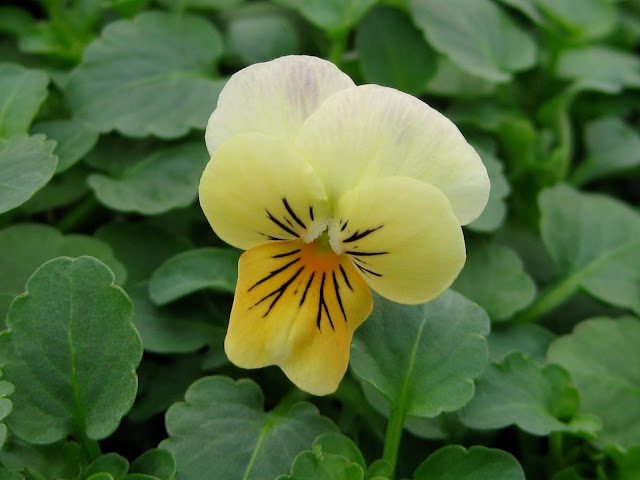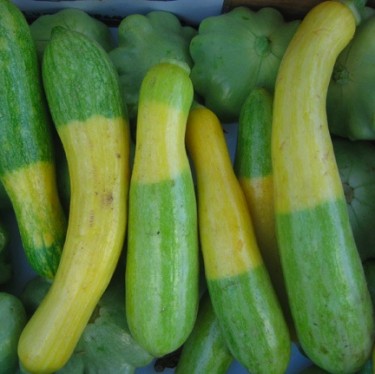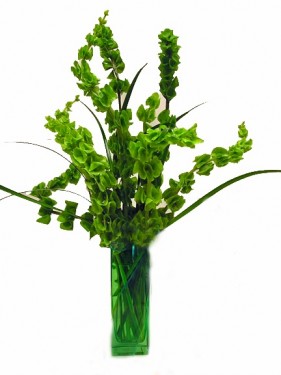
I have been making a few plans for the season, along with the help of my co-workers. We always come up with a few new ways each year to reach more people, be more informative and helpful and to make our workspace more efficient and comfortable. One of the best aspects of a seasonal business is the available time, each year, to reflect and improve. Every problem that occurs in one season has a chance to be improved upon the following season. This is true of gardening in general, but when that forgiving cyclical approach is applied to running a business, it can help everyone feel saner and ready for the challenge of a quick and furious growing season.
This year's areas of improvement are, drum role please...
Communication - we hope to better reach our customers with the information they seek. We are often asked questions about a growing method, a pest problem, a cooking question, etc and we hope that by making our website more informative we will be able to meet some of those needs.
Infrastructure - after the growing season we will be replacing the plastic on the three of our greenhouses. By replacing the plastic every 5 years, we insure that proper light levels are getting through the glazing. We will also take the time to regrade the gravel base in each greenhouse as a way to control weeds and water flow. We will replace the black landscape fabric over the gravel and that will give us a nice, clean start to the 2011 season. Keeping a greenhouse clean is one of the most important factors in organic production. Weeds, algae, and dirt are all great habitats for pests and disease; since we don't have the chemical means to take care of these problems, we must rely on simple hygiene and cleanliness. Eric Denice, our resident can-fix-anything delivery person and all around wonderful guy, will also be building some new benches to keep the plants out of harms way (ie, the hungry mouths of many, many voles). Last year, the voles destroyed tray after tray of broccoli, lettuce, kale and countless other tidbits. Raspberries in the mouse traps were the only thing that could compete a little with the tender green growth of our much loved plants. Sorry, voles, we had to do it.
Information Management - our database is a constant work in progress. We keep track of thousands of varieties on our database - this includes all the information we can gather about the plant including every time we have ever seeded it, how many weeks we seed it per year, what kind of pest problems it has, how well customers like it, etc. This has been an ongoing project of many years, and now it is finally at a point where all of that information gathering is proving useful and there is enough data in the system to simultaneously make my head spin and make heart leap. I love knowing when things are planted and how to improve the cropping strategies. I am a secret computer geek who is really grateful her parents sent her to computer camp at the age of 12.
Community Outreach - As always, we will be working with many, many groups this year to donate plants to community garden projects. We hope to teach a few workshops, maybe one or two about canning and freezing the garden harvest, and also some hands on workshops in the garden, so people who haven't done it learn how to sow seeds directly, the best way to transplant our starts, etc. Our teaching and plant donations are the absolute best parts of this business. Few things give me more joy in my work life than driving around with a van full of plants that will be distributed to neighborhoods that need beautifying and to families that need a little help with their food. If you know of a group that could use some free plants for public gardening purposes (schools, churches, food banks, etc) please let us know, and we will add them to our list of Community Partners.






